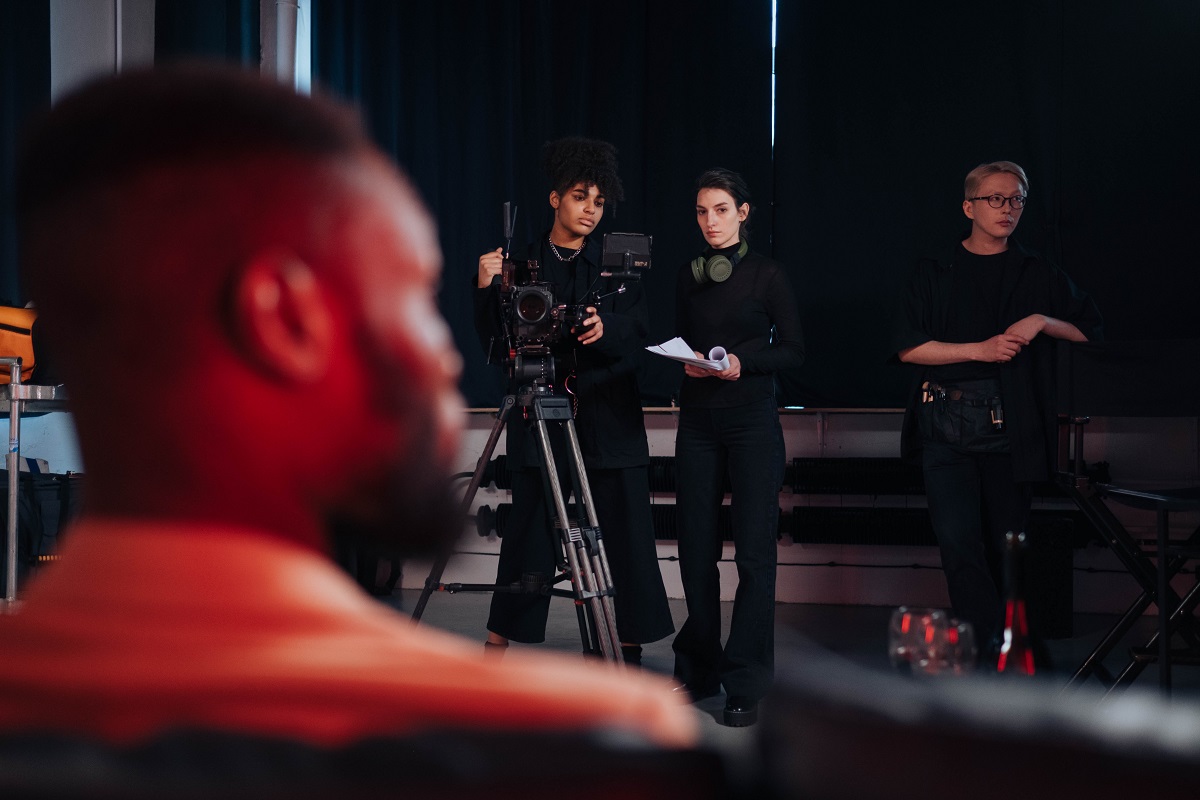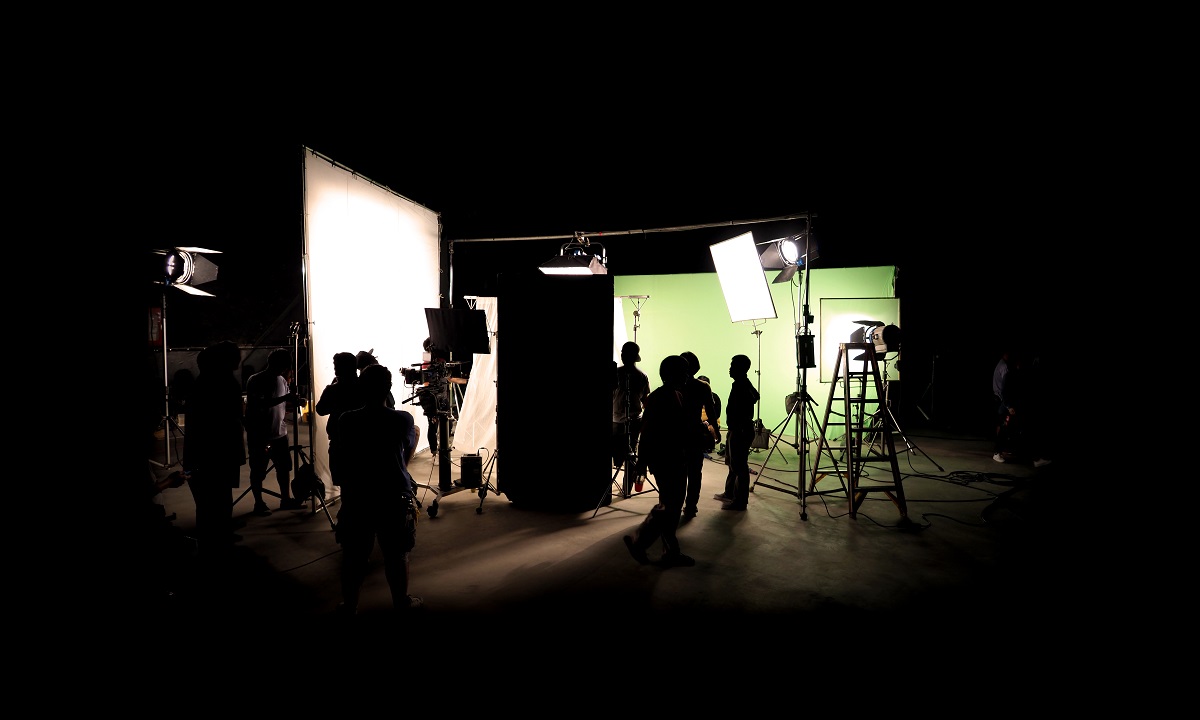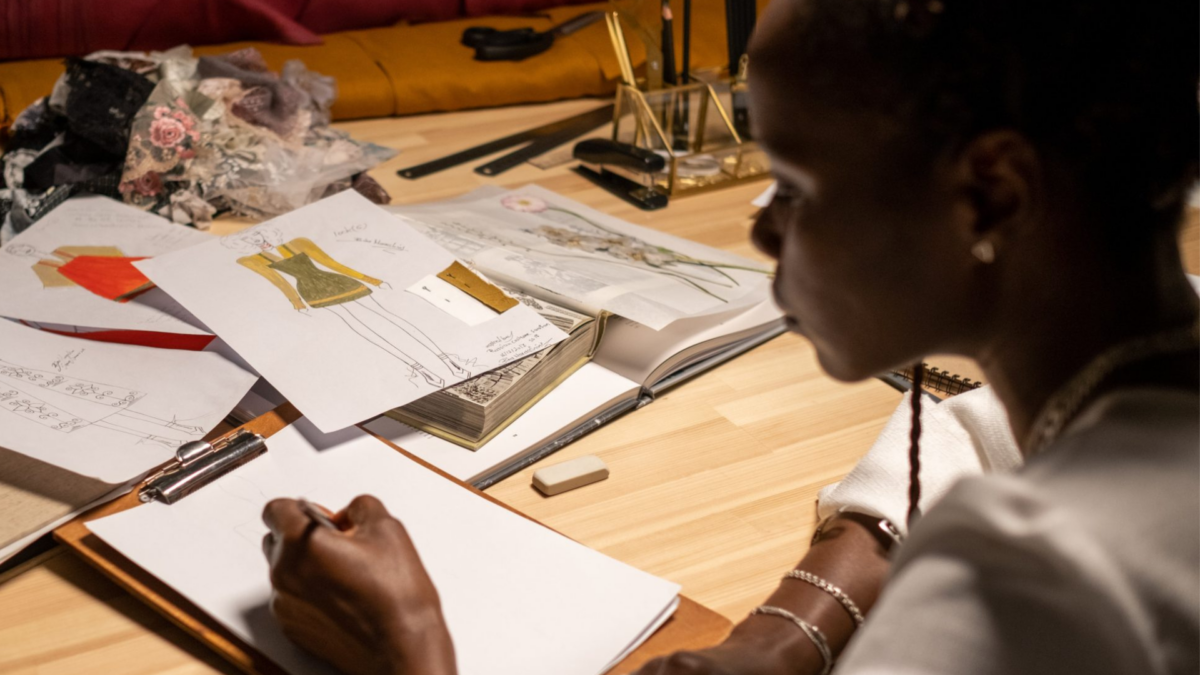Stepping Up Your Game: How to Start a Profitable Sneaker Reselling Business
In recent years, the popularity of sneakers has grown exponentially, with enthusiasts worldwide eagerly anticipating the latest releases and limited editions. This widespread passion for sneakers has given rise to a thriving subculture of sneaker reselling, where entrepreneurs with a keen eye for market trends can turn their love of sneakers into a lucrative business opportunity.
As the sneaker industry continues to flourish, sneaker reselling has become a highly competitive market. To succeed in this industry, resellers must not only have an acute sense of style and design but also a deep understanding of the sneaker market and its ever-changing trends.
In this article, we will show you how to step up your game and start a profitable sneaker reselling business. We will guide you through the essential steps, from developing a solid business plan to building a loyal customer base. Whether you’re just starting out or looking to take your existing business to the next level, our comprehensive guide will provide you with the knowledge and tools you need to succeed in this dynamic industry. So, lace up your sneakers and get ready to start your journey towards a successful sneaker reselling business.
Creating a Business Plan
Before venturing into the sneaker resale market, it is important to have a clear and comprehensive business plan. This plan should act as a roadmap to guide you through the process of establishing a profitable sneaker reselling business. A good business plan should start with defining your target market, which will enable you to tailor your operations to meet the specific needs of your customers. This will also help you identify the most lucrative resale opportunities in the market.
In addition to defining your target market, you need to establish a pricing strategy that works for you and your customers. This should take into consideration factors such as product quality, rarity, and market demand. Having a well-planned marketing strategy is also crucial to the success of your sneaker reselling business. This strategy should outline the most effective ways to reach your target audience, engage with them, and create brand awareness. By having a clear business plan in place, you can minimize the risks associated with starting a new business and increase your chances of success.
When creating your business plan, it is also important to consider the legal requirements for starting a business in your area. This includes obtaining any necessary permits and licenses, registering your business with the relevant authorities, and ensuring that you comply with all relevant laws and regulations. You should also create a budget for your startup costs and ongoing expenses. This will help you identify the necessary resources and funding you need to get your business up and running, and to sustain it in the long term. By taking the time to develop a solid business plan, you can set yourself up for success and avoid common pitfalls associated with starting a new business.
Market Research
Once you have a solid business plan in place, it is important to conduct thorough market research to gain a better understanding of the sneaker resale market. This includes analyzing the competition and identifying gaps in the market that you can exploit. You should also research your target audience to determine their preferences, purchasing habits, and budget. This will help you tailor your operations and marketing strategy to meet their specific needs.
A crucial aspect of market research involves identifying the most profitable resale opportunities in the sneaker market. While there are various popular resale platforms, such as eBay, StockX, and GOAT, it is essential to conduct research and determine which platforms are preferred by your target market.
Another vital aspect to consider is analyzing sneaker releases and their resale value, to identify products in high demand that can generate a profit. Through in-depth market research, you can uncover the most lucrative opportunities in the sneaker resale industry, and position your business for success.
Supply Chain Management
One of the most important aspects of running a successful sneaker resale business is managing your supply chain. This involves sourcing authentic products, building relationships with suppliers, and ensuring timely and secure delivery to customers. It’s important to vet suppliers thoroughly to avoid selling counterfeit products or damaging your reputation by delivering late or damaged goods.
Building strong relationships with suppliers can also help you secure the best deals and access to the most coveted products. This requires regular communication, timely payments, and a commitment to ethical business practices. By fostering these relationships, you can establish yourself as a trustworthy and reliable partner, which can be mutually beneficial for both parties involved. Ultimately, a well-managed supply chain is critical to the success of any sneaker resale business, as it allows for the efficient sourcing, selling, and delivery of high-quality products to customers.
Marketing Your Business
Once you’ve established a solid supply chain, it’s time to start marketing your business. This phase is crucial as it enables you to reach out to potential customers and showcase your products. Social media, in particular, has become an indispensable tool for businesses to promote their brand, especially if you’re targeting younger demographics. Platforms like Instagram, TikTok, and Twitter can be used to share news and updates, engage with your audience, and showcase your products through visually appealing content.
Apart from social media, you may also want to consider partnering with influencers or sponsoring sneaker-related events to increase your visibility. Influencers can help you reach a wider audience and lend credibility to your brand. Similarly, sponsoring sneaker-related events such as conventions, exhibitions, or contests can also help you establish your presence in the market and attract potential customers.
Ultimately, effective marketing strategies can complement a well-managed supply chain, leading to increased sales, customer engagement, and sustained growth for your sneaker resale business.
Elevate Your Game in the Exciting World of Sneaker Reselling
Now that we are coming to an end, let’s summarize the key takeaways for starting a profitable sneaker reselling business. First, developing a comprehensive business plan that defines your target market, pricing strategy, and marketing strategy is essential for success. Second, conducting thorough market research to identify profitable resale opportunities and manage your supply chain is critical. Finally, effective marketing strategies can complement a well-managed supply chain to increase sales and customer engagement.
If you seek to take your sneaker resale business to the next level, we highly recommend enrolling in our Sneaker Essentials course. This comprehensive course, taught by industry leaders and Fashion Institute of Technology faculty, equips you with the skills and knowledge required to succeed in the dynamic sneaker resale market. From identifying market trends to building a loyal customer base, our course covers all the essential aspects of running a profitable sneaker resale business.
Our program comprises seven online course modules, each with related skill-building activities. Each module takes between three to five hours and is divided into shorter lessons that students complete at their own pace. Upon completion, students earn a non-credit certificate of completion from FIT.
Whether you are a sneaker enthusiast looking to turn your passion into profit or an entrepreneur seeking a new business opportunity, our Sneaker Essentials course can help you achieve your goals. Enroll now and take the first step towards elevating your game in the exciting world of sneaker reselling!











